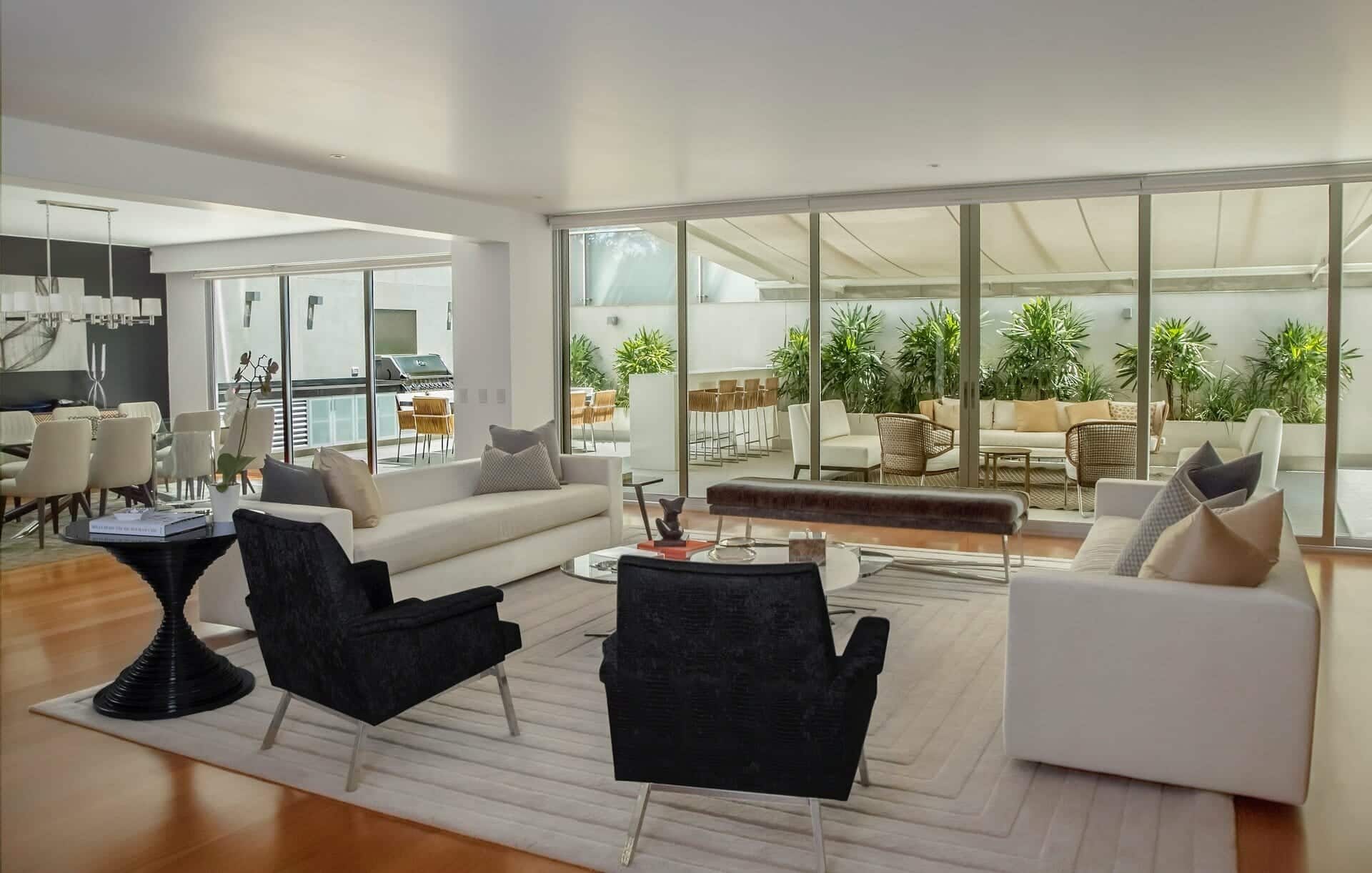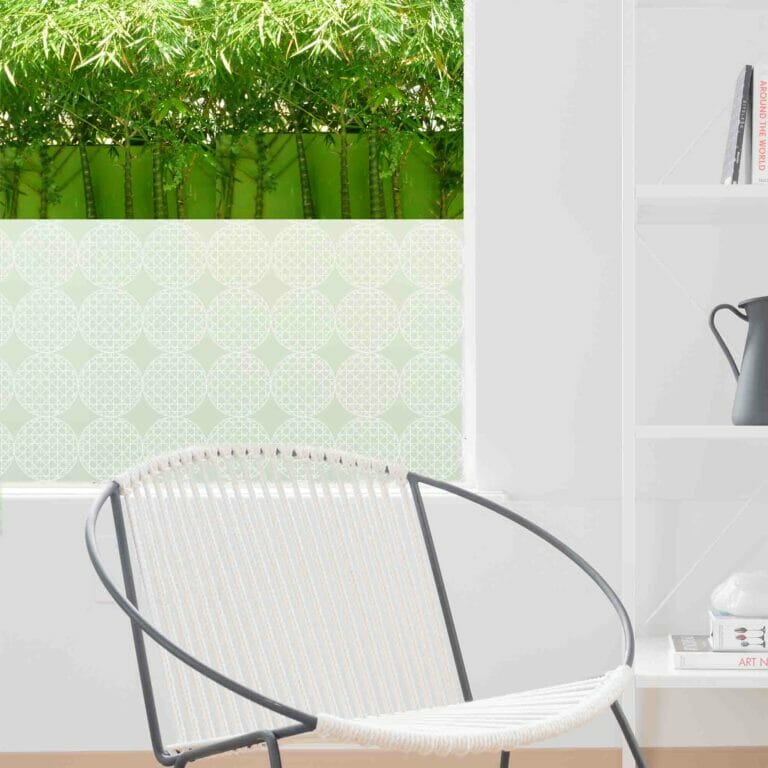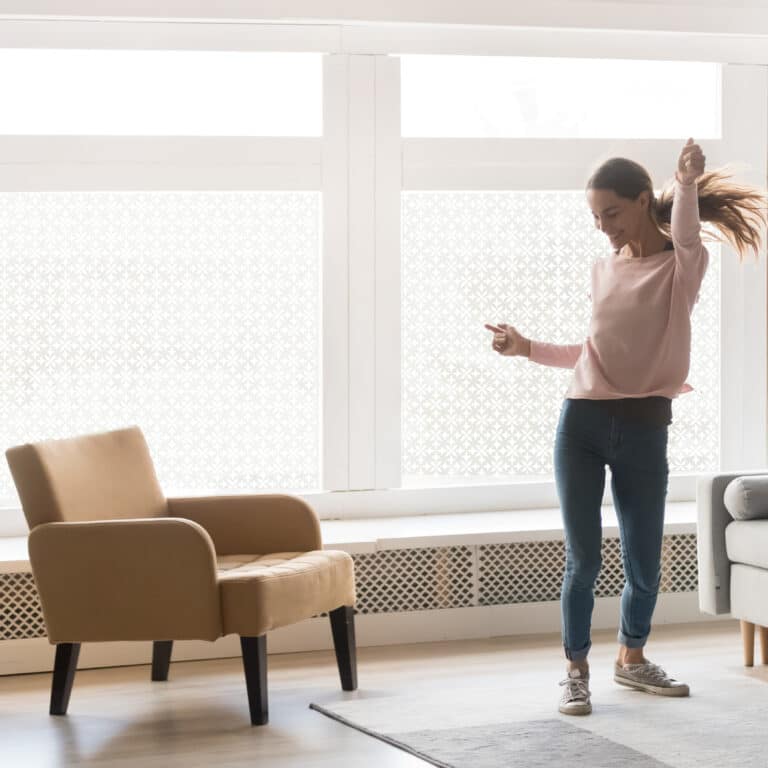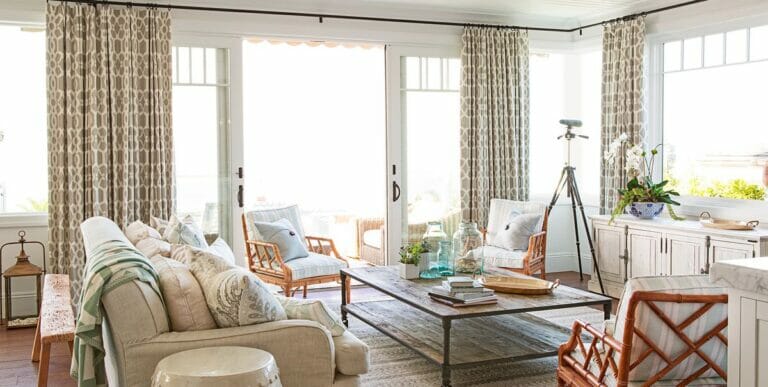How to Slash Your Utility Bills with Window Treatments
 Drafty windows can cost you a bundle. “Treatment-less” windows – windows with no draperies, privacy window film, shades, etc. – may result in as much as 25% of your cooling and heating costs each year. Step One: Seal them. Step Two: Add the right window treatment to boost efficiency and provide a decorative touch. Curtains, blinds, privacy window film, etc. – there are many to choose from depending on your needs.
Drafty windows can cost you a bundle. “Treatment-less” windows – windows with no draperies, privacy window film, shades, etc. – may result in as much as 25% of your cooling and heating costs each year. Step One: Seal them. Step Two: Add the right window treatment to boost efficiency and provide a decorative touch. Curtains, blinds, privacy window film, etc. – there are many to choose from depending on your needs.
Consider the options
- Which window treatment will block the sun’s heat in summer and reduce heat loss in winter?
- What do I need to know about installation?
- What’s my budget?
Blinds

Energy-saving benefit: Adjustable slats control the amount of light and ventilation you let into a room.
Installation: For the most sunlight control, blinds must cover the entire width and height of the window opening and clear the sides of the window frame.
Cost: As little as $10 each for vinyl minis; $100 for custom.
Comments: Blinds made of highly reflective materials can lower solar heat gain by 45% when completely lowered and closed. Look for light-colored blinds (more reflecting than absorbing) that give you the most control over controlling sunlight.
Curtains and Drapes
Energy-saving benefit: Some can reduce summer heat gain and winter heat loss.
Installation: Reduce heat loss during the winter by up to 25% by placing your opaque curtains close to the window and creating a seal. Hang them close to the ceiling and let them fall to the floor. Use Velcro to seal the sides. Overlap at center.
Comments: Opaque options with a white backing or lining can reduce heat gain by around 33%. During the winter, the same curtain, when closed, can reduce heat loss in a warm room by up to 10%.
Cost: About $15/panel. Like your existing curtains? Simply add the liner: $10/panel.
Heat-controlled window film

Energy saving benefit: Privacy window film is the modern window covering solution; eco-friendly, simple or ornate – it may be just the item you’ve been looking for! Window film can reflect around 72% of the sun’s heat and protect from harmful UV rays.
Installation: All you need is a tape measure, some sharp scissors and a clean flat surface. Cut the film to size, and then peel off the backing paper. Spray water on the film to activate the adhesive and position.
Cost: Privacy window film starts at around $30 per roll and goes up to more than $150 or more depending on the amount of light the window film can reflect.
Comments: The new kid on the block is easy to install, allows light in while providing excellent energy efficiency and comes in an array of styles and colors.
Shades

Energy-saving benefit: Effective energy savers in both summer and winter. TIP: Pull them down!
Cellular (honeycomb) shade fabric is constructed to boost insulation and UV protection. Ask about the grading system; triples are the most energy-efficient.
Dual shade systems have a reflective side to reduce solar gain and a dark-colored side to absorb heat. They’re most effective if drawn all day.
A basic Roman shade can reduce solar heat gain during the summer. Look for a reflective fabric.
Insulated Roman shades are ideal for retaining heat during the winter.
Installation: Place shades about one inch from the window and seal them on all four sides. This prevents heat loss by keeping air trapped between the window and shade.
Cost: Cellular shades: start around $25; $150 for custom options.
Roman shades: $25 for a basic type, $40 for an insulated type, and $250 for custom. Dual shades are a specialty item; contact window treatment retailer for pricing.
Comment: Attaching the shade to your window’s trim using magnetic strips or Velcro is the last step to preventing heat loss
Shutters
Insulated interior shutters are solid doors with rigid foam insulation. Louvered shutters have horizontal slats that are angled to admit light and air, but to keep out rain and direct sunshine. To optimize energy savings, make sure they fit snugly against a window’s frame.
Cost: Insulated shutters: $65-$300, per window depending on window size and materials.
Louvered shutters: $45-$250.
Comments: Louvered shutters can be just as effective as blinds when it comes to reducing solar heat gain because the slats work like blinds.
Energy-Saving Bonus Tip
Layer window treatments to boost energy savings. Here’s a favorite: Combine blinds or louvered shutters with transparent heat-controlled window film.
*Energy statistics provided by energy.gov








